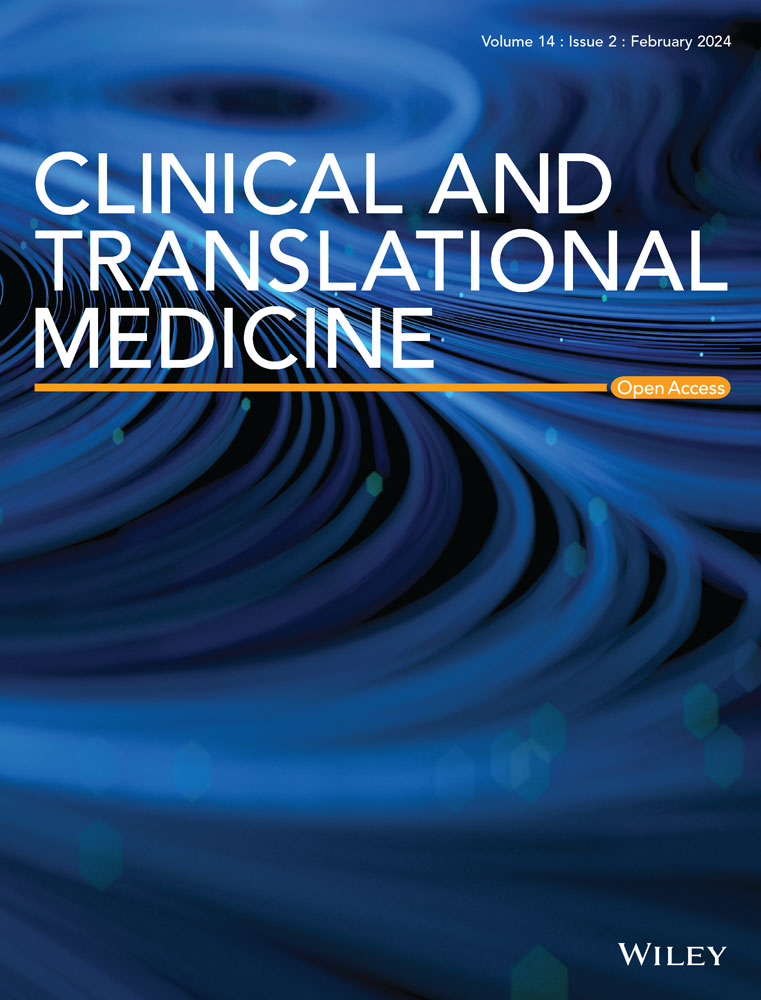Ubiquitin-specific protease 25 improves myocardial ischemia–reperfusion injury by deubiquitinating NLRP3 and negatively regulating NLRP3 inflammasome activity in cardiomyocytes
Abstract
Background
Myocardial ischemia/reperfusion injury (MI/RI) restricts the effect of myocardial reperfusion therapy and lacks effective prevention and treatment methods. Deubiquitinating enzymes (DUBs), especially members of the ubiquitin-specific protease (USP) family of DUBs, are key proteins in the ubiquitination modification process and play a vital role in MI/RI. Therefore, we aimed to investigate the role of USP25, as a member of the USP family, in MI/RI and its molecular mechanism.
Methods
Transcriptome sequencing was applied to evaluate the differential expression of USP families during hypoxia/reoxygenation (H/R) and validated in human and mouse heart samples and cardiomyocytes by performing quantitative polymerase chain reaction. Wild-type or USP25−/− mice were used to develop the MI/RI model. Co-immunoprecipitation (Co-IP) combined with liquid chromatography–tandem mass spectrometry analysis was used to screen the potential substrate protein of USP25 in H/R-induced cardiomyocyte injury. TUNEL and Hoechst/propidium iodide staining and western blot were used to detect the level of pyroptosis. In addition, cardiomyocyte-specific USP25 overexpression in NLRP3−/− mice with AAV9 vectors was used to validate the biological function of USP25 and NLRP3 interaction.
Results
We found that the expression level of USP25 was significantly decreased in I/R-induced mouse heart tissues and primary cardiomyocytes in a time-dependent manner. USP25 deficiency exacerbated MI/RI and aggravated I/R-induced cardiac remodelling in mice. Mechanistically, USP25 directly binds to NLRP3 protein and K63-linkedly deubiquitinates NLRP3 at residue K243 via its active site C178, thus hindering NLRP3–ASC interaction and ASC oligomerization to inhibit NLRP3 activation and pyroptosis in cardiomyocytes. We further showed that the overexpression of USP25 in cardiomyocytes ameliorated MI/RI in mice, whereas this protective effect disappeared when NLRP3 is knocked out.
Conclusions
Our study demonstrated that USP25 ameliorates MI/RI by regulating NLRP3 activation and its mediated pyroptosis. This finding extends the protective role of USP25 in cardiovascular disease and provides an experimental basis for future USP25-based drug development for the treatment of MI/RI.
Key points
-
The deubiquitinating enzyme USP25 was down-regulated both in myocardial ischemia/reperfusion injury (MI/RI) myocardium tissues.
-
The deficiency of USP25 worsened exacerbated MI/RI in mice, whereas the overexpression of USP25 in cardiomyocytes mitigated this pathological phenotype.
-
USP25 directly interacts with the NLRP3 protein and deubiquitinates it via K63 linkage at residue K243 through its active site C178, thus affecting NLRP3-ASC interaction and ASC oligomerization to inhibit NLRP3 activation and pyroptosis in cardiomyocytes.


 求助内容:
求助内容: 应助结果提醒方式:
应助结果提醒方式:


